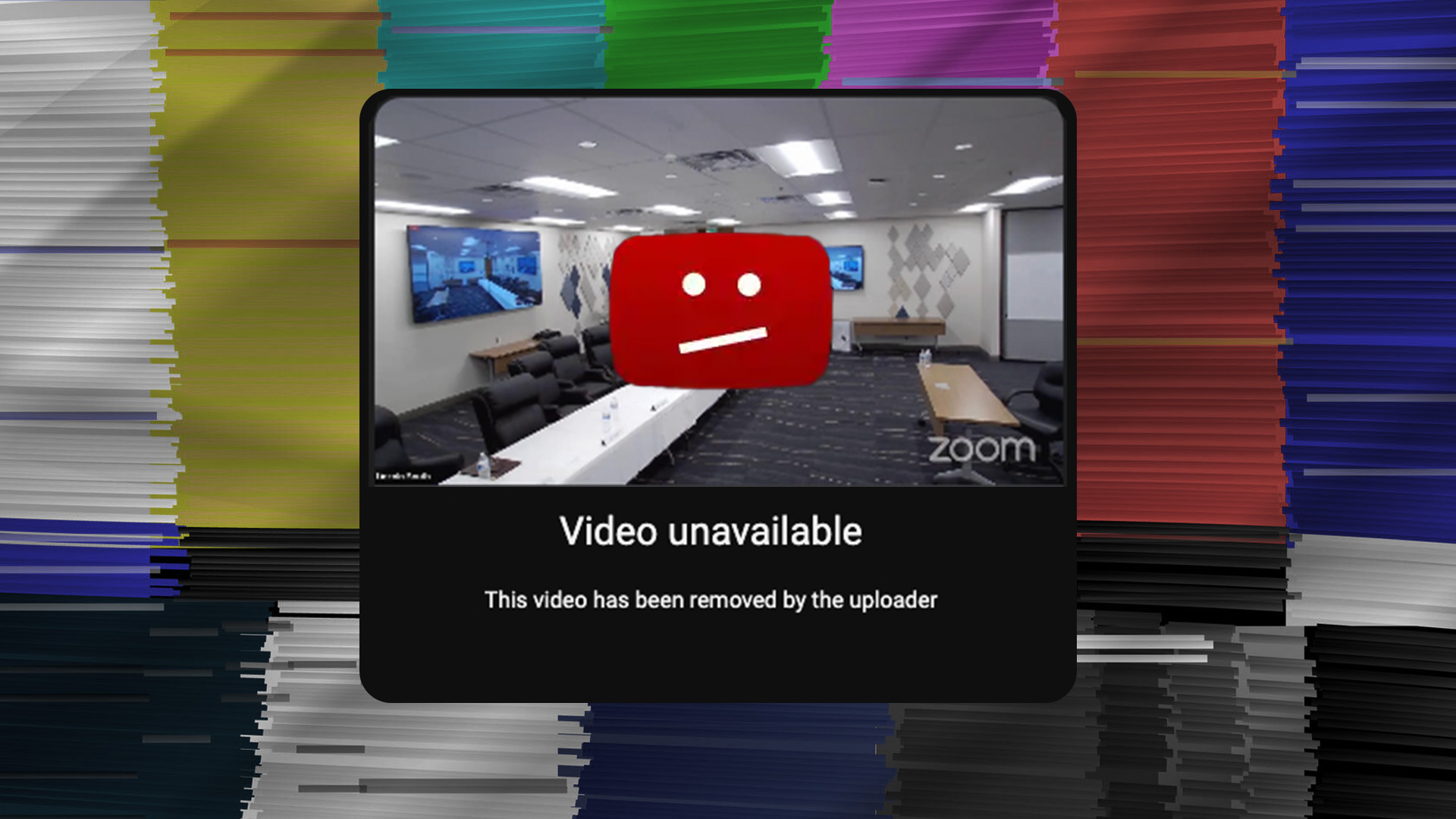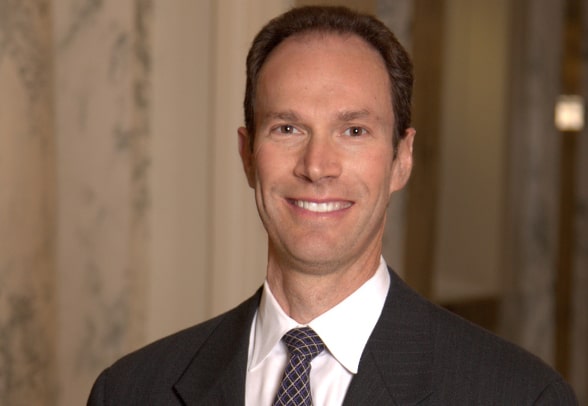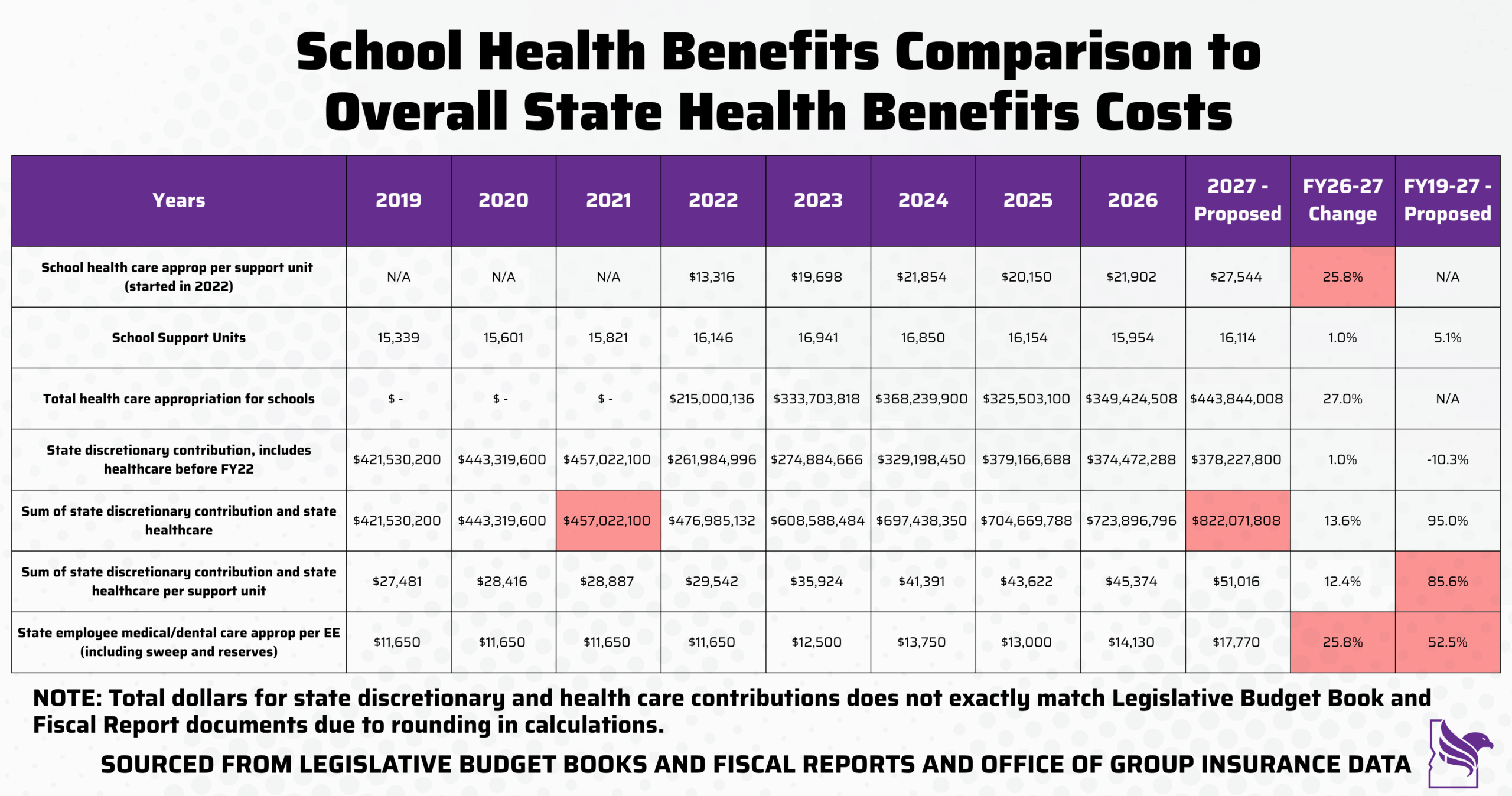



As the shutdown of the federal government extends beyond 30 days, the key reasons become apparent: it is about healthcare costs and who pays them. The debate over temporarily expanded healthcare premium subsidies and Medicaid eligibility is really about who pays what. You see, the notion that the Affordable Care Act (often referred to as Obamacare) would save citizens money is long gone. The debate is about who gets stuck with the bills.
D.C. Democrats believe that the failed promises of Obamacare to reduce healthcare costs are no longer relevant. National Democrats apparently believe that a $2 trillion annual federal deficit is okay as long as people are shielded from medical cost inflation with dollars borrowed from our grandkids.
And now that debate is coming to Idaho for two key reasons: 1. The health and dental premium cost allocations for state employees and school districts on the state plan are projected to increase about 26% from the current to the next fiscal year. 2. Back in 2022, the Legislature allowed school districts to join the state plan without really considering what it would cost taxpayers.
As we mentioned recently, Idaho needs to address its spending problems, and healthcare costs for Medicaid and the state health care plan are part of the spending surge.
During the 2022 legislative session, House Bill 443 passed the Legislature and was signed into law despite testimony in opposition from the Idaho Freedom Foundation and dissenting votes by 17 members of the Legislature. Here is what is reflected in the January 19, 2022, House Judiciary and Rules Committee Minutes: “Fred Birnbaum testified in opposition to H443 saying the fiscal note does not correctly reflect the actual costs associated with this change, and the speed in which it's been presented has excluded proper input.”
And it is clear from the bills’ Statement of Purpose and Fiscal Note why we were opposed.
The bill’s Statement of Purpose said:
This proposal creates a dedicated fund for the purpose of funding the one-time amount required for public schools to buy into the state’s medical and dental group insurance plan. It establishes limits for the amount that can be allocated per school district, and how to handle situations in which the demand exceeds available funds. To offset an ongoing amount of funding for school health insurance, this bill also sunsets leadership premiums and removes references to it throughout code.
The Fiscal Note added this:
Creation of the Fund itself has no fiscal impact to the state. The legislature could, at its discretion, set aside an amount as part of the appropriations process to fund this account. No appropriation is expressly authorized in this bill. Sunsetting leadership premiums will eliminate $19,718,100 in General Fund spending in FY 2023.
It is important to rehash all of this because, basically, we were told that school district teachers and other employees could join the state’s healthcare plan at an unspecified cost, and because the leadership premiums were to be ended as some sort of trade-off, that was all the public needed to know. The data below shows what really has happened.
Here is how it turned out!

Prior to 2022, the state of Idaho provided school districts with about $450 million in discretionary funds that could be used to purchase health insurance for school district employees in addition to other programs (note that teachers are employed by their school districts, not the state of Idaho). At the time, it was estimated that about $250 million of the $450 million in discretionary funding was used for health insurance.
Beginning in FY22, the discretionary funds were split into a general discretionary pot and a separate health insurance appropriation. From 2019 to 2021, the discretionary pot had grown about 4% per year. However, when the healthcare funds were split out, the discretionary funds were reduced, but not by nearly as much as the new healthcare funds. For FY27, the proposed appropriation for discretionary money plus health care for schools is over $800 million, nearly double what it was before H443.
So what we see is an explosion of funding for school districts as part of the transition to providing access to the state plan. It is important to note that districts were given the option to join the state health and dental plans, but were not required to do so. Districts receive the same dollar allocation based on support units (essentially classroom-size units), whether or not they joined the state plan. Total state discretionary and healthcare funds to school districts are now growing much faster than before districts were allowed to join the state plan. And healthcare costs for the upcoming fiscal year include a projected increase of 26%. This increase has nothing to do with the national debate over subsidies. It reflects the fact that the use of services and their costs are going up.
Part of the reason a large entity like the state of Idaho or large corporations “self-insure” is to contract with a plan administrator to help manage costs through measures such as provider discounts, the use of generic drugs, and even steering participants away from higher-cost services. The recent decision by Idaho’s Office of Group Insurance (not the plan administrator in this case, but the oversight agency) to stop providing “weight loss drugs,” also known as GLP-1, would be an example. However, in this case, it happened only after prodding by Senator Zuiderveld, as we documented.
By now, it is clear that costs for the state healthcare plan are exploding just as revenues to the state government are falling. If state employees are driving up costs, why should taxpayers who don’t get such generous benefits keep footing all the bills — both their higher insurance bills and the taxes necessary to cover higher health plan costs for state employees?

